7 Lead Generation Strategies for 2020 (and beyond!)
Customer acquisition starts with lead generation. In a B2B business model, it is critically important to generate qualified leads as sales cycles tend to be longer and deals are more valuable. Defining a qualified lead has raised conflicts between sales and marketing teams for years as what marketing department considers a qualified lead may not be deemed qualified by the sales team. We will talk more about qualifying leads later in the article.
Lead generation techniques are not the same for every business. What works for an insurance company may fail for you. In this article, we will talk about effective lead generation strategies that will work in 2019 and beyond.
But before we begin, let’s set our definition for the term lead. A lead will be someone who has already shown interest in your product/service or someone who is likely to be interested in your product/service. For example, businesses who fill out an enquiry form on your site is a lead. Businesses who are interested in product and services similar to yours will also be considered a lead. Leads generated with techniques mentioned in this article will fulfill at least one of these criteria.
1. Search Engine Advertising
Imagine you sell insurance to local businesses in London and your website shows up when someone from London searches for “business insurance”. How awesome will that be? There is no rocket science in this. If you have a good budget, this is the best way to go to immediately start generating high-quality leads. Platforms like Google and Bing have a Pay per Click (PPC) model. You only pay when someone clicks on your ad.

There are however few challenges with search ads. The cost is often high for competitive keywords which is challenging for many small businesses. Also, Google will push your ads down (costing more money) if they are not converting according to standards. You might also need to have a good budget to get a positive ROI out of this. There are cheaper options to generate leads which will be discussed in this article.
2. Twitter
Twitter has become a common place to discuss business, software, and services and directly interact with brands. You can use this to your advantage by searching for keywords and hashtags that are relevant to your business and find people who are talking about it. You can also sneak up on your competitors and see who are sending tweets to them. Once you have identified the prospect, try contacting them on Twitter, find their Linkedin profiles or find their email using an email finding software like hunter.io.
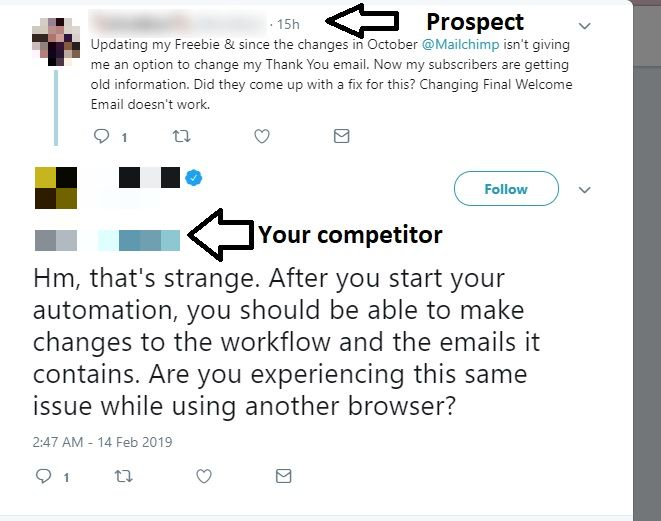
3. Generate leads from your website
More than 95% of leads who visit your website leave without signing up. These leads are still interested in your product/service as they have engaged with your website. What if you could identify these anonymous leads?
Salespanel identifies companies who visit your website but leave without signing up. Salespanel provides you all the information you need to follow up with them. Not only that, Salespanel also captures leads who fill out a webform, or engage with your sales emails and newsletters. All activities visitors perform on your website are tracked by Salespanel. So you will know what they are interested in and how they are engaging with your content.
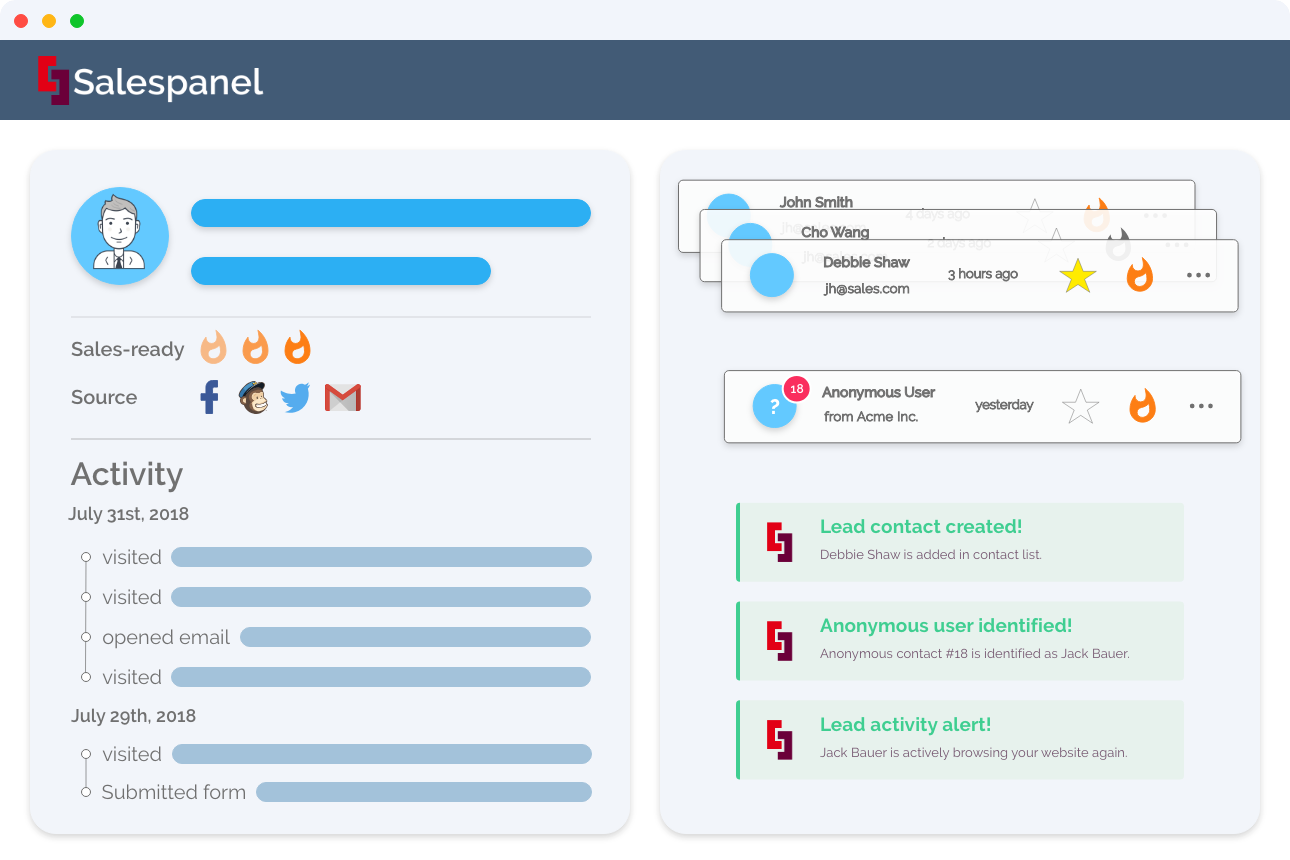
Capturing leads from your website is an effective way to generate qualified leads at low cost and high ROI. You can read more about it here: https://salespanel.io/lead-generation/.
4. Create Lead Magnets
You have an influx of traffic coming from all of your marketing efforts. How can you capture them? With a lead magnet. These can be either webforms, pop-ups or exit forms. A good lead magnet encourages the visitor to provide contact information by giving them something valuable like an ebook or an offer.
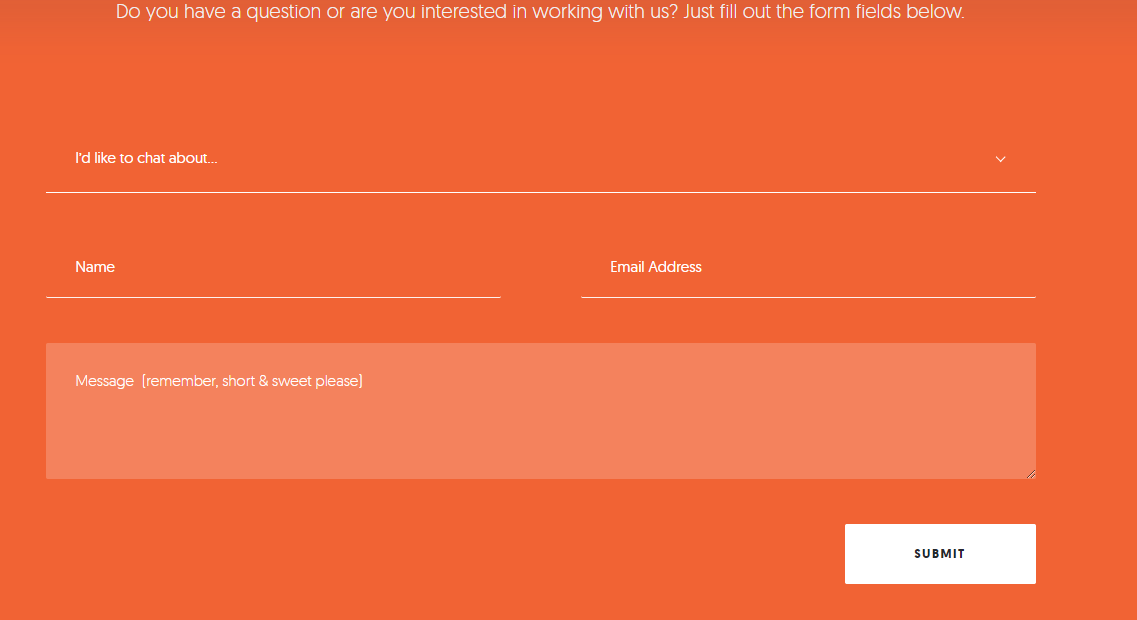
5. Discussion Forums and Groups
Communities are a great way to market your product and generate leads. Facebook groups, Linkedin groups and forums can all contribute to your lead generation efforts. For example, if your target customers are real estate companies, you can join communities where they hang out. Strike up discussions, contribute to the community or talk to the members. It is important to be relevant and not spammy to effectively generate leads from these channels.
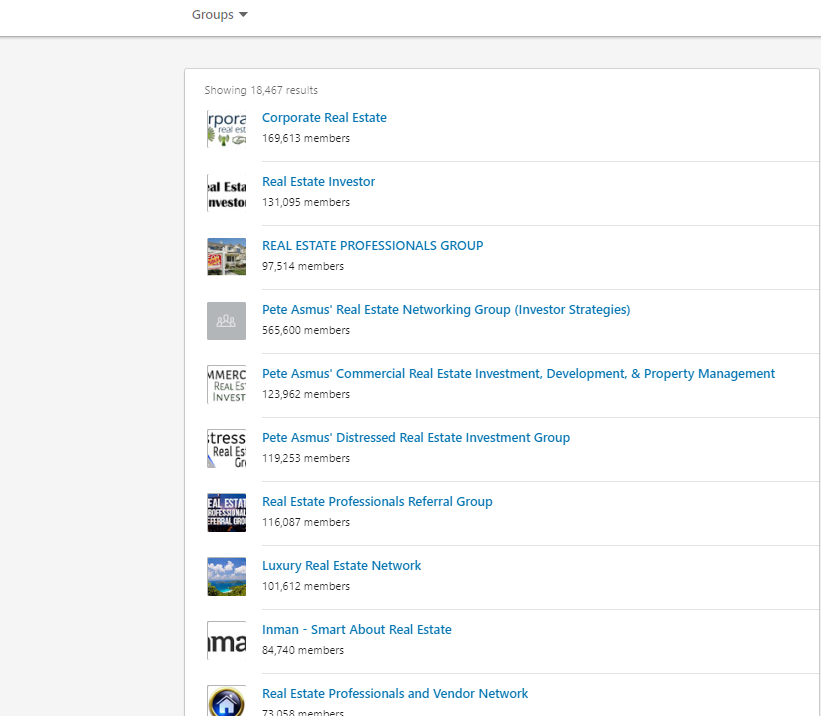
With Sales Navigator, Linkedin makes it easy for you to generate leads who match your ideal customer profile. There are tons of filter options to pinpoint qualified leads. Looking for CEO’s of mid-market IT companies in New York? Linkedin will let you find them out. Linkedin will also tell you common interests between you and the lead to help start a conversation. Sales Navigator charges you a monthly fee and there are no restrictions to how many leads you can generate.
If you need some help with LinkedIn, you can opt for LinkedIn corporate training.
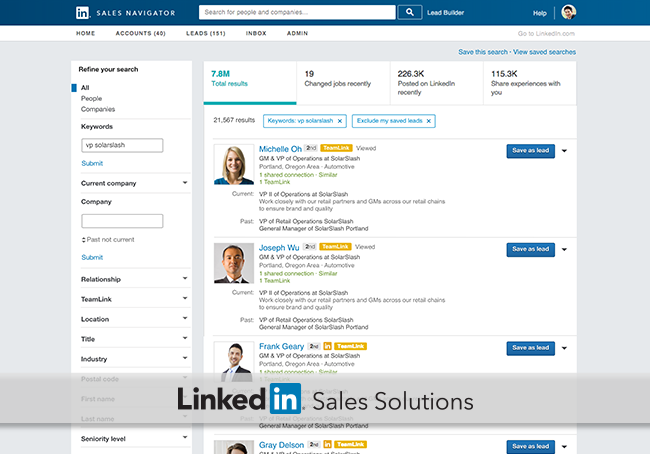
7. Content Marketing and SEO
This is a long term strategy which businesses employ to generate targeted leads. Hubspot’s report shows that B2B companies who blog generate 67% more leads than those who don’t. SEO optimized high-quality content ranks organically on search engines and brings high intent customers to them.
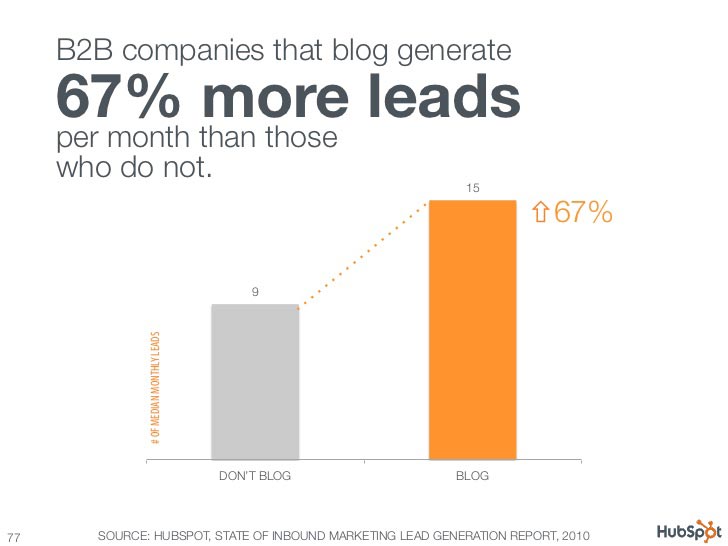
The results are however not immediate and need time, effort and budget. The strategy also does not always guarantee success, especially in competitive markets. But when it works, a steady lead flow happens with high ROI.
These are some of the most effective lead generation strategies that will work for years to come. Now, let’s get back to lead qualification. Not all leads are equal. Giving attention to bad leads can cost you time and resources. This is where qualification comes to play. Lead qualification can be done by asking qualifier questions in lead generation forms or scoring them based on their profile and behavior.
Salespanel helps users acquire leads from their website and qualify them based on their business profile and how they engage with your website. Click here to know details on our lead qualification system.
Sell more, understand your customers’ journey for free!
Sales and Marketing teams spend millions of dollars to bring visitors to your website. But do you track your customer’s journey? Do you know who buys and why?
Around 8% of your website traffic will sign up on your lead forms. What happens to the other 92% of your traffic? Can you identify your visiting accounts? Can you engage and retarget your qualified visitors even if they are not identified?


